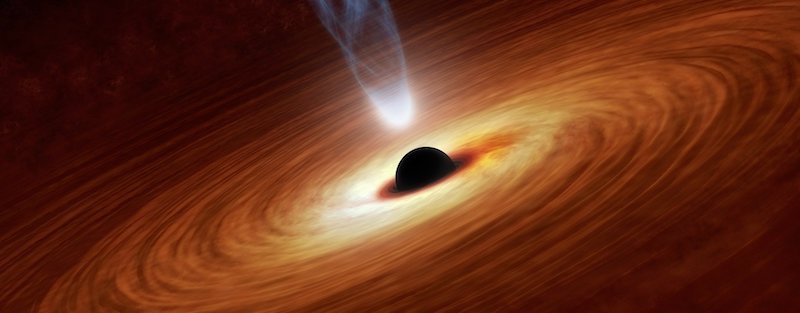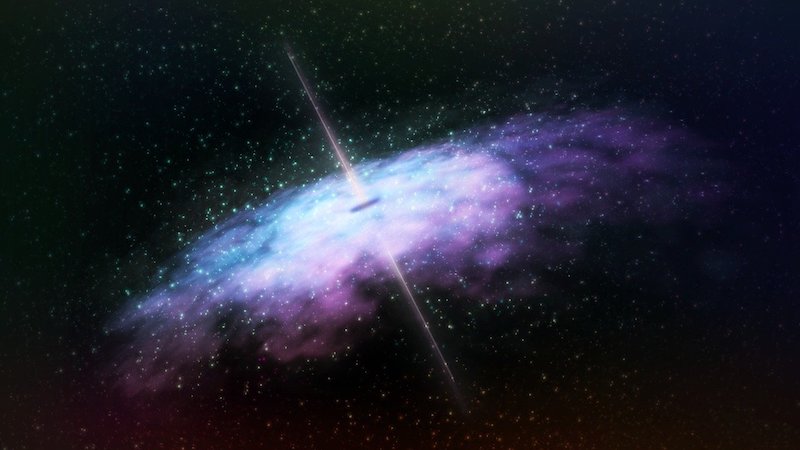Black holes have long fascinated scientists and science fiction buffs alike, hiding untold mysteries behind their near-impregnable event horizons. This has led to a number of fantastical ideas about their composition and characteristics.
In recent years, though, scientists have begun to illuminate some of these enigmas — such as capturing the first image of a black hole, showing that Stephen Hawking was right that black holes can evaporate, and suggesting that we may actually live inside a higher-dimensional black hole.
Now, physicists have shown that one of sci-fi’s most intriguing ideas about black holes may be closer to reality than we realized — that black holes could serve as a hyperspace portal to another part of the galaxy or to another galaxy altogether.
And the best part? If you choose the right kind of black hole and the perfect approach, you wouldn’t be stretched and squeezed by the infinitely dense singularity before being vaporized. Which, for any form of space travel, is always a good thing.
This new idea about black holes was developed by researchers at the University of Massachusetts Dartmouth and Georgia Gwinnett College, taking inspiration from the movie “Interstellar,” which was based on a book written by Nobel Prize-winning astrophysicist Kip Thorne. In the movie, Matthew McConaughey’s character survives a fall into a supermassive, rapidly rotating black hole.

To determine if this would be possible, the researchers built a computer model of what would happen to a large object — like a spacecraft — falling into a black hole such as Sagittarius A*, the large and rotating black hole at the center of our own galaxy.
Gaurav Khanna, professor of physics at the University of Massachusetts Dartmouth, wrote about their findings on The Conversation. The researchers found that an object falling into this kind of black hole would not experience infinitely large effects when it passed through the black hole’s inner horizon singularity.
Normally, a rotating black hole causes increasing cycles of stretching and squeezing on an object falling into it. If this increased infinitely, it would eventually become too much for the object to withstand. But the researchers found that with a black hole as large as Sagittarius A*, the effects would be very small. Khanna writes that a person on board a spaceship falling into this kind of black hole would not detect these effects.
Their model was based on an isolated black hole — free from the disturbances of nearby stars and falling radiation. Most black holes, though, are surrounded by radiation, dust and gas. Future research could look at whether the model holds for a more realistic black hole.
Of course, the scientists have no way yet to test their model in the real world, which leaves many questions unanswered.
What would you find on the other side of the singularity? What if you ended up light years away from an inhabitable planet? What if the black hole journey was a one-way trip? For now, the answers to these questions lie in the imaginative minds of science fiction writers.







